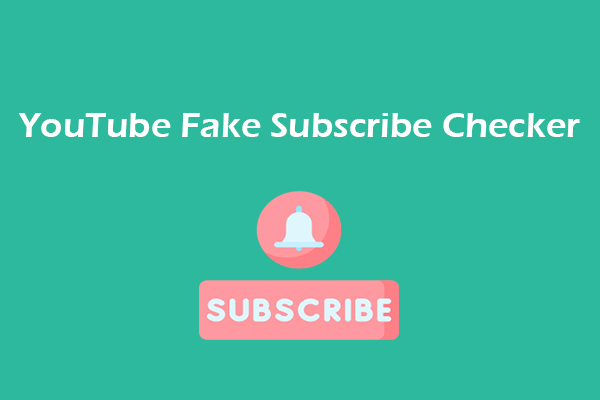For YouTube content creators, metrics matter. Views, likes, comments, and subscribers are powerful indicators of a channel’s popularity and success. However, not all engagement on YouTube is real. Over the years, a troubling trend has emerged: fake engagement. This post aims to provide an essential guide on YouTube fake engagement, covering all relevant aspects.
What Is Fake Engagement on YouTube
Fake engagement on YouTube refers to any form of interaction on a YouTube channel or video that is artificially generated rather than organically generated from real viewers. These methods bypass organic growth and often mislead viewers, advertisers, and YouTube’s algorithm.
Fake engagement can come in several forms:
- Fake views: Purchased or generated through bots to make a video appear more popular.
- Fake likes/dislikes: Automated or paid services that add likes or dislikes in bulk.
- Fake comments: Generated by bots to create the illusion of interaction.
- Fake subscribers: Accounts, often inactive or automated, are added to increase a channel’s sub count.
Why Do Creators Use Fake Engagement
Why do some content creators choose to use fake engagement on their channels? The pressure to grow a YouTube channel quickly can be immense. The following are several reasons:
#Monetization Goals
As we know, creators need a minimum of 1,000 subscribers and 4,000 watch hours to qualify for the YouTube Partner Program. So, some try to speed up the process using fake metrics. Similarly, higher engagement may help them attract sponsorships and collaborations.
#Algorithm Boosting
YouTube’s algorithm promotes videos based on various metrics, such as watch time, engagement, click-through rate, and more. A spike in fake views or likes may trick the algorithm into recommending a video, increasing its visibility.
#Competitive Pressure
In YouTube’s saturated niches, creators may feel compelled to use underhanded tactics just to keep up with others who appear to be successful.
The Risks and Consequences of YouTube Fake Engagement
While fake engagement on YouTube might offer short-term gains on the surface, it is risky and unethical, and YouTube takes it seriously. It may result in the following consequences:
1. Violation of YouTube Policies
YouTube fake engagement policy explicitly prohibits any behavior that artificially increases views, likes, comments, or subscribers. Any content or channel that doesn’t comply with this policy may be terminated and removed from YouTube.
2. Monetization Ban
Even if a channel isn’t deleted, it may be removed from the YouTube Partner Program, losing all monetization rights.
3. Loss of Credibility
Audiences are smart. If users suspect fake metrics, like a video with 100,000 views but only 5 comments, they may lose trust in the content and the creator.
4. Waste of Resources
Fake engagement does not lead to real community growth or loyal viewers. Instead, it wastes time and money that could have been spent on improving content and organic promotion.
How to Spot Fake Engagement on YouTube
If you’re a viewer, is there a way to spot YouTube fake engagement? It can sometimes be easy with a bit of scrutiny. Here are a few red flags:
- Mismatched metrics: The metrics for your video or channel don’t match up. For example, a video may have tens of thousands of views but very few likes or comments.
- Spammy comments: If you find generic comments like “Nice video!” or “Keep it up!” being repeated by many different users, they’re probably fake.
- Sudden spikes in subscribers: A channel has a sharp, unexplained increase in subscriber count, but without a viral video to justify it.
- Inactive subscribers: A YouTube channel has a large subscriber count, but the number of views on its new uploads is low.
Additionally, you can utilize some third-party tools to help you analyze YouTube channel metrics and flag suspicious activity to spot fake engagement.
MiniTool Video ConverterClick to Download100%Clean & Safe
Conclusion
YouTube fake engagement may offer a temporary boost, but it’s a dangerous game that can backfire quickly. Whether you’re a budding creator or a seasoned YouTuber, the best strategy is to strive for real engagement.



